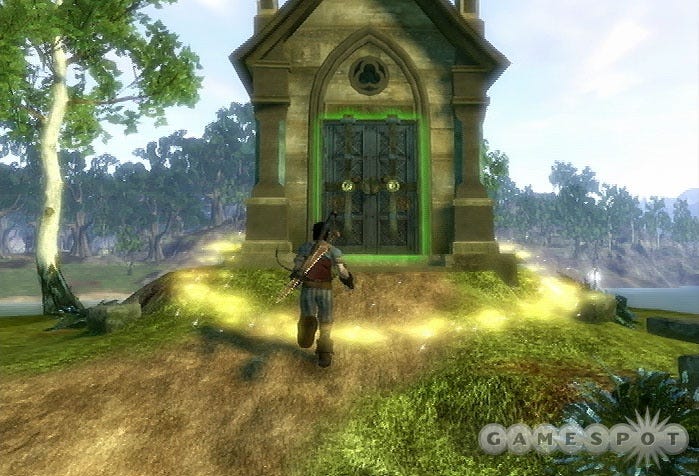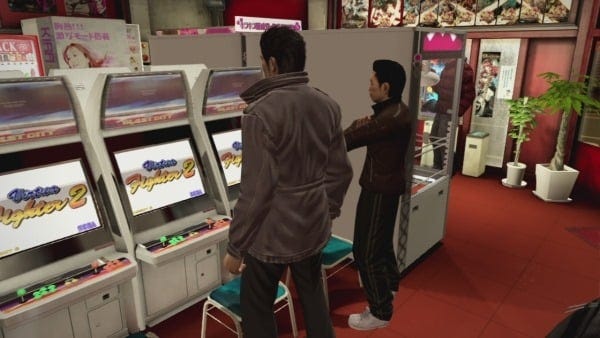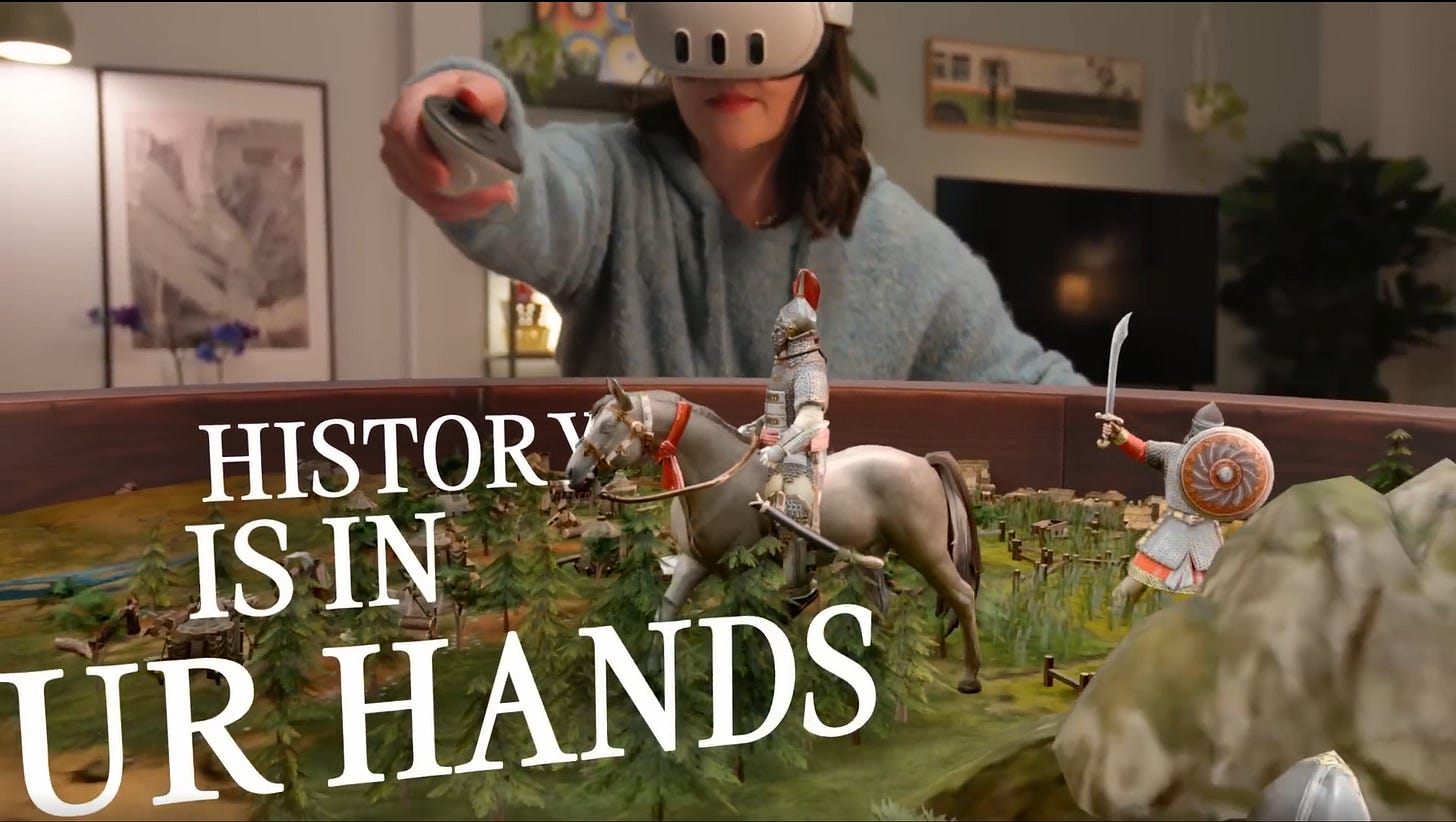
It’s the top of March, which means the Game Developer’s Conference is just around the corner — that time when professionals from across the industry get together to share knowledge, make impassioned arguments for new ways to handle familiar problems, and generally to catch up and commiserate about the state of the industry.
Sadly, I won’t be able to attend this year, which means missing some exciting talks and countless industry friends. Ah well, there’s always next year — and this gives me time to polish up my pitch for next year’s talks.
But for now, I’ll just take a moment to let you in on a perennial designer argument that always seems to show up in the development of every game — particularly in every RPG:
Is this feature “too gamey”? Or is it “not gamey enough”?
When is a game not a game?
“Gameyness” is a vague term, but it generally refers to when an experience or feature explicitly feels “like a game”.
What exactly that means can be very different depending on the context and who’s saying it. “Too gamey” might be deployed to mean, “this crafting mechanic feels too straightforward and simple, like you’re playing a mobile phone game.” Or it could mean, “this shooting gameplay feels like you’re playing an old arcade light-gun game and spraying everything that moves.” Or it could be, “this battlefield tactics mechanic is clearly just a simple rock-paper-scissors game, but renamed ‘infantry-cavalry-artillery’.”
So, in practice, too gamey can functionally mean anything from “this is too simple” to “this is too polished” to “this is too familiar”.

I’m not exaggerating when I say that I’ve seen hours-long meetings of designers arguing about how gamey to make parts of our game. Maybe that’s just a result of the fact that I’ve mostly worked in RPGs and games that put a high priority on “immersion” and “realism”, delicate illusions that can easily collapse if the player is constantly reminded that they’re playing a game.
The problem, of course, is that the player is playing a game, and there’s only so much we can do to hide that fact, even with the most powerful systems and clever designs. No degree of stripped-down UI and diagetic quest objective guidance is going to perfectly fix that.

Indeed, when we try to make a game less gamey, that means going against a lot of the lessons we’ve learned as an industry about how to guide and enhance the player’s experience. Functionally, it tends to mean making the game less familiar and more complicated — in ways that can make for a worse experience for players.
Unless you’re going for a brutally realistic simulation, making something less gamey can quickly lead to a painful discovery: the reason you’re making a game in the first place is because the real experience you’re trying to evoke just… isn’t very enjoyable on its own.
There’s also one other big danger that comes along with the dreaded too gamey design critique, but it’s a little more inside-baseball for designers. You see, because the parameters around gameyness are highly subjective, once a designer gets the impression that something is too gamey, it can be very hard to make big enough changes to convince them otherwise.
In these cases, hearing “It’s too gamey” can be a death sentence for the entire design.
Or is it not gamey enough?
It’s less common, but not unheard of, for designers to argue that they want something to be more gamey.
In a lot of design, this isn’t actually articulated aloud: for many games, making it gamey is just the process of making it feel like a finished game. If you’re working on an arcade platformer, you’re going to want to get the feel of running and jumping to feel right, and that’ll mean evoking a lot of games that have come before. It’s not getting the game more gamey, it’s just polishing the game in general.
But you’ll hear this put into words when you’re designing a section that’s supposed to feel more like some sort of classic game than the rest of the experience. Say, if you’re designing a minigame (a small, stand-alone game to act as a stand-in for a larger system, like cooking or crafting), or even a game-within-a-game (an explicit game that your character plays within the game that you’re playing) — you’ll want to make sure that experience stands out as much more gamey than the standard reality that the player is already experiencing.

Thankfully, it’s easier to make your game feel more gamey than it is to make it feel less gamey. The history of arcade games and the more gambling-associated field of mobile games gives us no shortage of visual and stylistic approaches for evoking their feel. And when in doubt, you can go one generation or so back in terms of game aesthetics: give it the trappings of classic games like a high score or playing cards, present it in “rounds” with intro and outro jingles, maybe even make the graphics aggressively cutesy or retro.
And before you know it: gameyness has been achieved!
Where’s the gamey sweet spot?
So, how gamey do you want your game?
Obviously, it depends on the experience you want to evoke. Games that aim to evoke the feeling of other games — board games, card games, retro games, etc — thrive in embracing the gamey trappings of their target experience. You just take the aesthetics and the design mechanics of the target game type and/or era, and you double down on them.

The tougher side is games that want something else. Linear, highly cinematic games that want to be blockbuster action movies. Immersive open worlds that want to be worlds you disappear into. Deep RPGs that want to be life-changing novels. These are games where their designers have inevitably complained about some part of the experience feeling too gamey.
It’s not that these games are ashamed of being games, but they do often feel that it would be counterproductive to the experience to remind the player that they’re playing a game. The goal is to keep in the moment and maintain the delicate illusion of being wholly engrossed in the experience.
Now, that can be as pure and honest as ensuring the player is connecting with the themes and stories of the game, like a storyteller around the fire — or as sinister as keeping the player from realizing how much time (and money) they’ve spent on the game, like a dealer at a casino. As with so many things in life, it’s all about how you use it.
Own your gameyness, cowards!
Personally, I think developers shouldn’t be afraid of the gameyness. Games are not a lesser medium for telling stories, and modern gamers are not ashamed to connect with an experience they recognize as a game. Just make sure you’re bringing something new and worthwhile to the experience — players may not mind your game being gamey, but they won’t forgive it being forgettable.

You know who never seems to worry about making games that are too gamey? Nintendo. They know how to design for the toy in their game first, and then build on the experience of playing with that toy.
The gameyness is a feature, not a bug. Hell, it’s their hallmark.
So embrace your game’s gameyness!
(And now that I’ve thoroughly ruined your ability to hear the word “game”, go have a good, weird time at the Game Developer’s Conference!)




I still groan about the old Xbox 360 King Kong game, where they made a big deal in promoting it as wanting to hide all the gameyness and make it like you're playing a movie. A pared down user interface, lack of HUD, everything should be intuitive. I got really into that....until I quit the game for the night, came back the next day, and learned that I was supposed to have hit start and manually saved the game before quitting. It saved no progress at all and I was back at the beginning. They were SO successful in hiding the UI that it failed me. I had been enjoying it, but was so upset I immediately returned it to Gamefly.